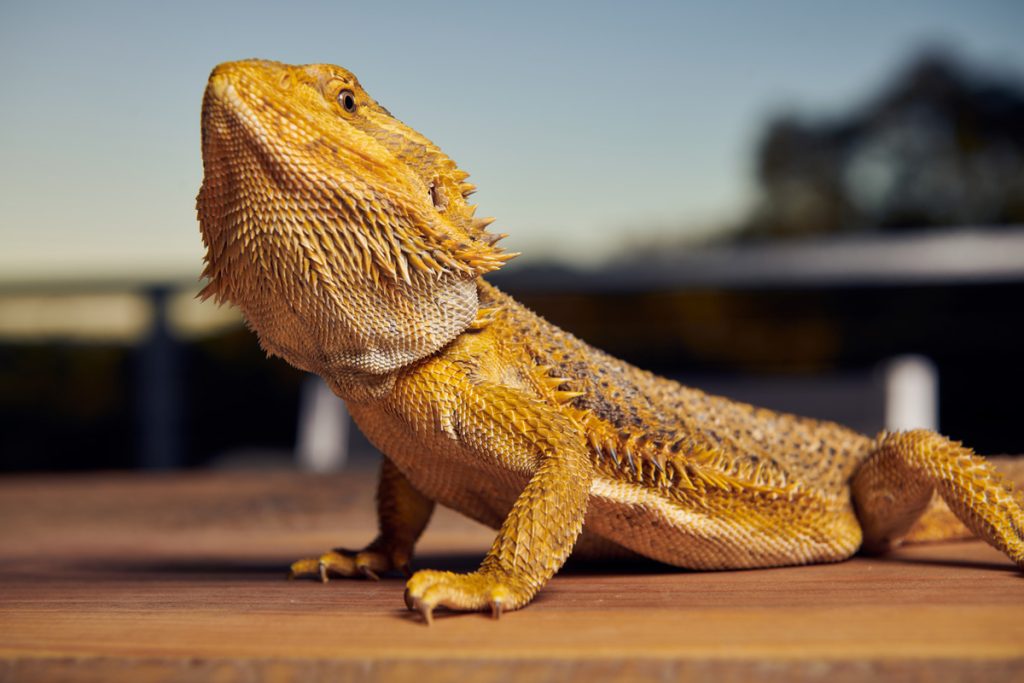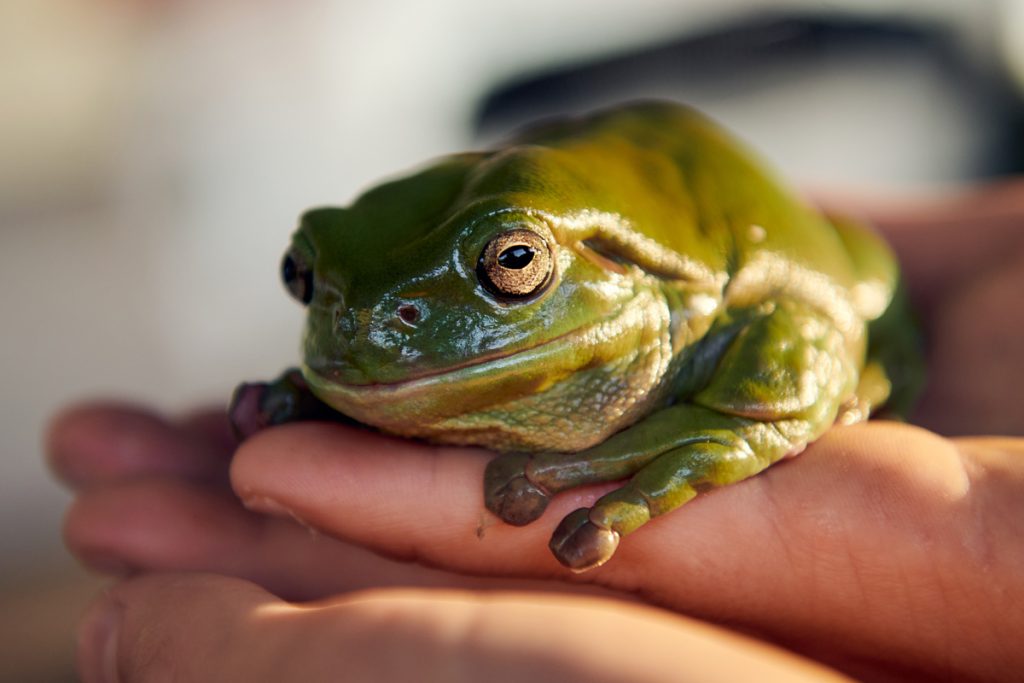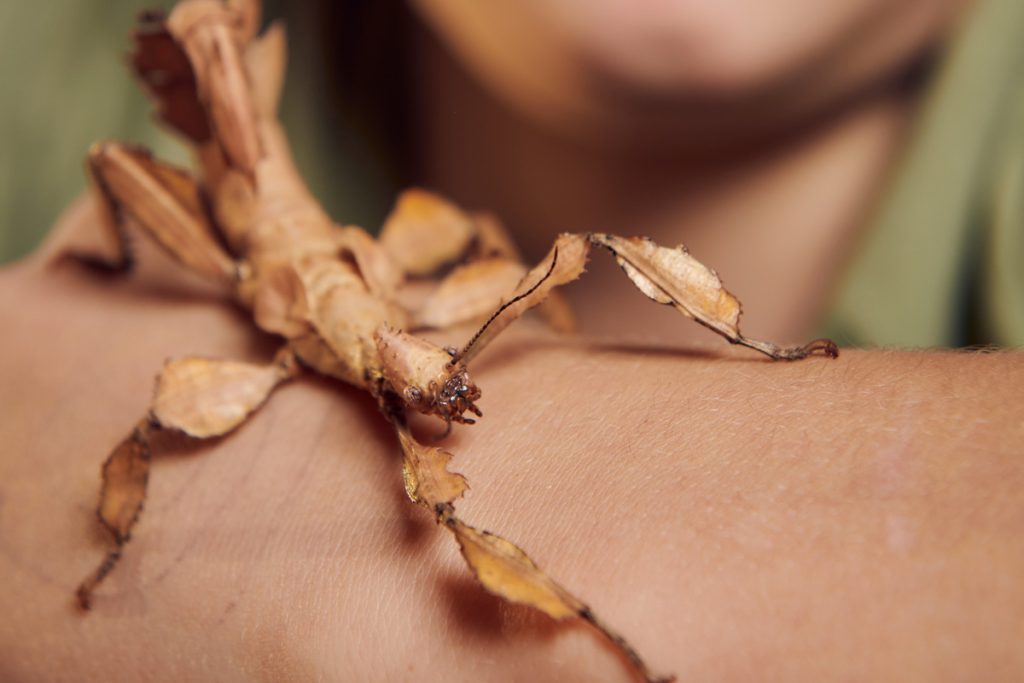PETstock’s Pet Parent Survey 2022 revealed that reptiles are increasing in popularity among Australian families, with 14 percent of respondents stating that they own reptiles and small pets. For families who are deciding on a scaly reptile to their brood, PETstock LIVE Manager, Kylie Gilbert has offered the following tips and considerations to guide their choice.
Key tips for choosing a reptile as a pet
It’s important to do your research as a first time reptile owner prior to choosing one as a pet, especially if they’re going to be around children. Here are some key considerations for the most commercially available reptiles:

Turtles – While turtles make an adorable pet, keep in mind that they have a long life expectancy, are large in size and require exposure to ultraviolet light.
Snakes – For those new to reptiles, there are many species of snakes that make good pets. Great beginner species include Children’s Pythons and Stimson’s species, as they are generally fairly easy to care for, as they are smaller as adults, so easier to handle while you gain your confidence.
Lizards – Species such as geckos, bearded dragons and blue tongues are a great choice for first time reptile owners. They’re very entertaining to watch and have large personalities.
Key considerations before buying a reptile
A reptile is a long term commitment – Pythons can live for more than 15 years, turtles for more than 30 years and lizards such as geckos and blue tongues for 20 years. Although reptiles are low maintenance pets, you need to commit to the regular cleaning and maintenance of their housing to ensure they are kept healthy.

A reptile’s individual requirements
Different species have different temperature and environmental requirements. Before you purchase your reptile, talk to a person experienced in the care of reptiles for advice.
Reptiles are relatively inexpensive to keep although the initial purchase costs can be high (between $500 and $700) they require proper housing, heating and lighting in order to be cared for properly.
Reptile permits – In many cases, reptile licences are mandatory. It’s essential to first check with your local wildlife agency for further information on the licencing requirements for owning a reptile.
Where to purchase your reptile – You can purchase reptiles from pet stores, reptile speciality stores and occasionally from rescue groups. Do your research prior to purchase, as some reptiles are illegally captured from their environment and sold as pets.

Top advice for taking the best care of a reptile pet
Reptile enclosures should be draft free and escape proof, moisture and heat resistant and well lit. Enclosures can be tall and narrow to accommodate tree dwelling reptiles or low and wide, suitable for most lizards and ground dwelling snakes. Get the largest enclosure you have space for and can afford. The reduced space requirements make them ideal for apartment living.
Snakes and lizards are very susceptible to microorganisms and parasites when kept in captivity. Daily cleaning of water and bowls is important. The enclosure itself should be cleaned once a week. F10 is the preferred disinfectant to be used after all physical cleaning has been done with water and bedding changed.
Diets vary depending on your type of reptile. However, each animal is primarily one of three types: Herbivore (a plant eater), Carnivore (a meat or protein eater), or Omnivores (eats both plant and meat or protein). You should consult specific care sheets for advice.
Access to plenty of natural sunlight is the best type of full spectrum lighting. Otherwise look for lamps that produce ultraviolet (UV) light, in particular UV-B (not just UV-A) which is essential for Vitamin D synthesis in reptiles so as to prevent metabolic diseases. UV lights should be changed regularly.



